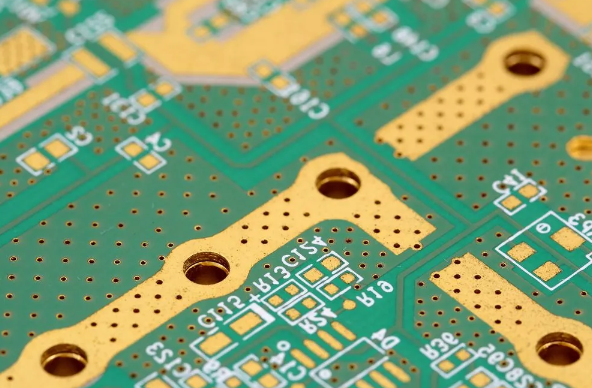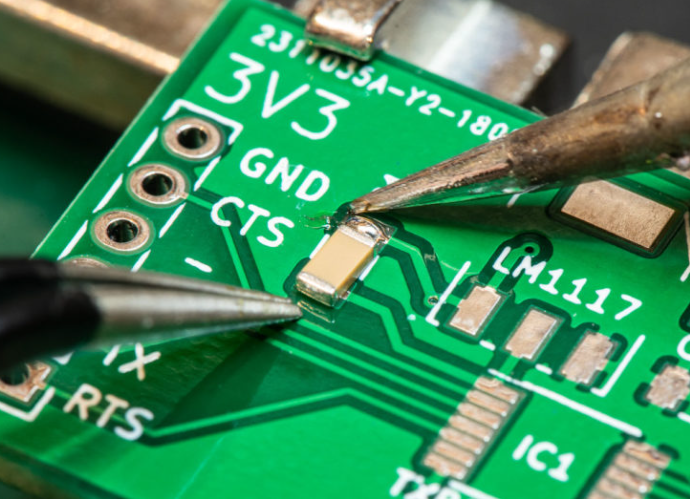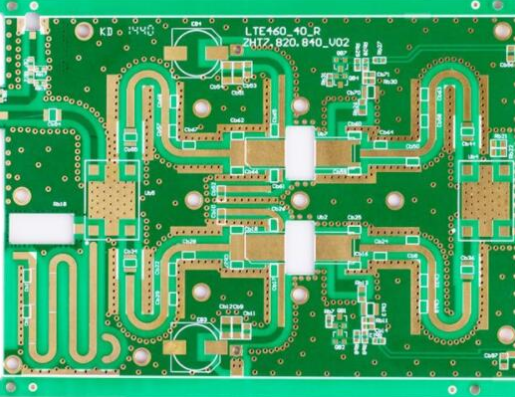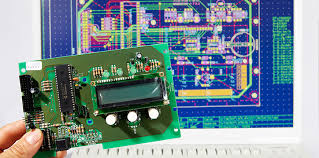Determination of Creepage and Clearance in PCB Layout
1. Introduction
Printed Circuit Board (PCB) design involves numerous critical considerations to ensure reliability, safety, and compliance with industry standards. Among these, creepage distance and clearance (electrical gap) are fundamental parameters that influence the PCB’s performance, especially in high-voltage and high-reliability applications.
Improper spacing between conductive elements can lead to electrical breakdown, arcing, or short circuits, compromising the board’s functionality and safety. This article explores the definitions, determining factors, calculation methods, and design best practices for creepage and clearance in PCB layout.

2. Definitions: Creepage vs. Clearance
2.1 Clearance (Electrical Gap)
Clearance refers to the shortest distance in air between two conductive parts. It determines the minimum air gap required to prevent dielectric breakdown or arcing due to high voltage differences.
- Key Influencing Factors:
- Voltage difference between conductors
- Altitude (air density affects dielectric strength)
- Pollution degree (conductive dust, moisture)
- Transient overvoltages (surges, spikes)
2.2 Creepage Distance
Creepage is the shortest path along the surface of an insulating material between two conductive parts. It prevents tracking, where conductive paths form due to contamination or moisture.
- Key Influencing Factors:
- Voltage difference
- Pollution degree (dust, humidity)
- Material Comparative Tracking Index (CTI)
- Environmental conditions (indoor vs. outdoor)

3. Standards and Regulations
Several international standards define minimum creepage and clearance requirements:
- IEC 60664-1 – Insulation coordination for low-voltage equipment
- IPC-2221 – Generic standard for PCB design
- UL 60950-1 / IEC 62368-1 – Safety requirements for IT equipment
- IEC 61010-1 – Safety for laboratory and measurement equipment
These standards classify pollution degrees (1 to 4) and material groups (I to IIIa) based on CTI values.
4. Calculating Creepage and Clearance
4.1 Clearance Calculation
The required clearance depends on:
- Working voltage (AC/DC)
- Altitude (higher altitudes require larger clearances due to reduced air density)
- Pollution degree (more contamination increases risk of arcing)
Example (per IPC-2221):
- For 100V DC, Pollution Degree 2, the minimum clearance is 0.1 mm.
- For 250V AC, Pollution Degree 3, the minimum clearance increases to 1.5 mm.
4.2 Creepage Calculation
Creepage depends on:
- Voltage
- Pollution degree
- Material group (CTI value)
Example (IEC 60664-1):
- For Material Group IIIa (CTI ≥ 600), 250V AC, Pollution Degree 2, the minimum creepage is 1.5 mm.
- For Material Group II (CTI 400-599), the same conditions require 2.0 mm.

5. Design Best Practices
5.1 Increasing Creepage Distance
- Slotting PCBs – Adding milled slots increases surface distance.
- Using Conformal Coating – Protects against moisture and contamination.
- Selecting High-CTI Materials – FR4 with high CTI (>600) improves tracking resistance.
5.2 Optimizing Clearance
- Avoid Sharp Edges – Rounded pads reduce corona discharge.
- Use High-Voltage Components – Select parts rated for higher voltages.
- Consider Altitude Effects – Derate clearance for high-altitude applications.
5.3 Software Tools
Modern PCB design tools (Altium, KiCad, Cadence) include Design Rule Checks (DRC) to verify creepage and clearance compliance.
6. Common Mistakes and Mitigations
- Ignoring Pollution Degree – Assume worst-case environmental conditions.
- Insufficient Margin for Transients – Account for voltage spikes.
- Poor Material Selection – Low-CTI materials increase tracking risk.
7. Conclusion
Proper determination of creepage and clearance is essential for safety, reliability, and compliance in PCB design. By following industry standards, selecting appropriate materials, and applying best practices, engineers can mitigate risks of electrical breakdown and ensure long-term performance.
Future advancements in high-voltage PCB materials and automated DRC tools will further enhance design precision, making adherence to creepage and clearance requirements more efficient.







